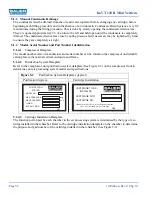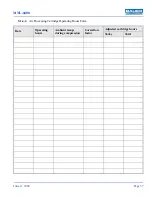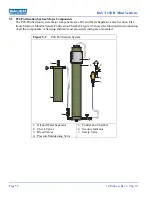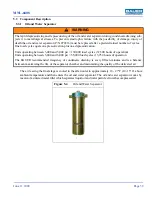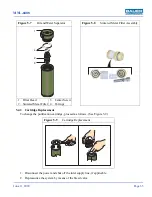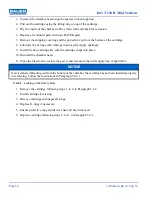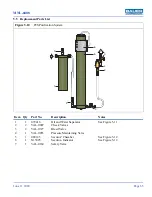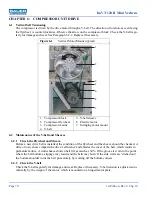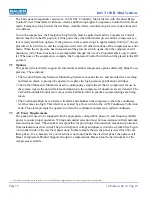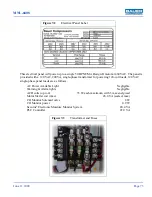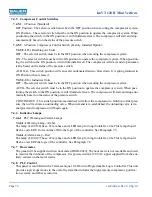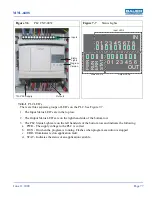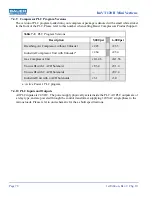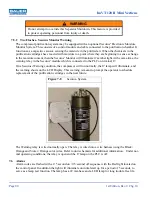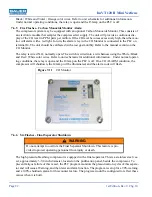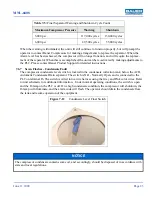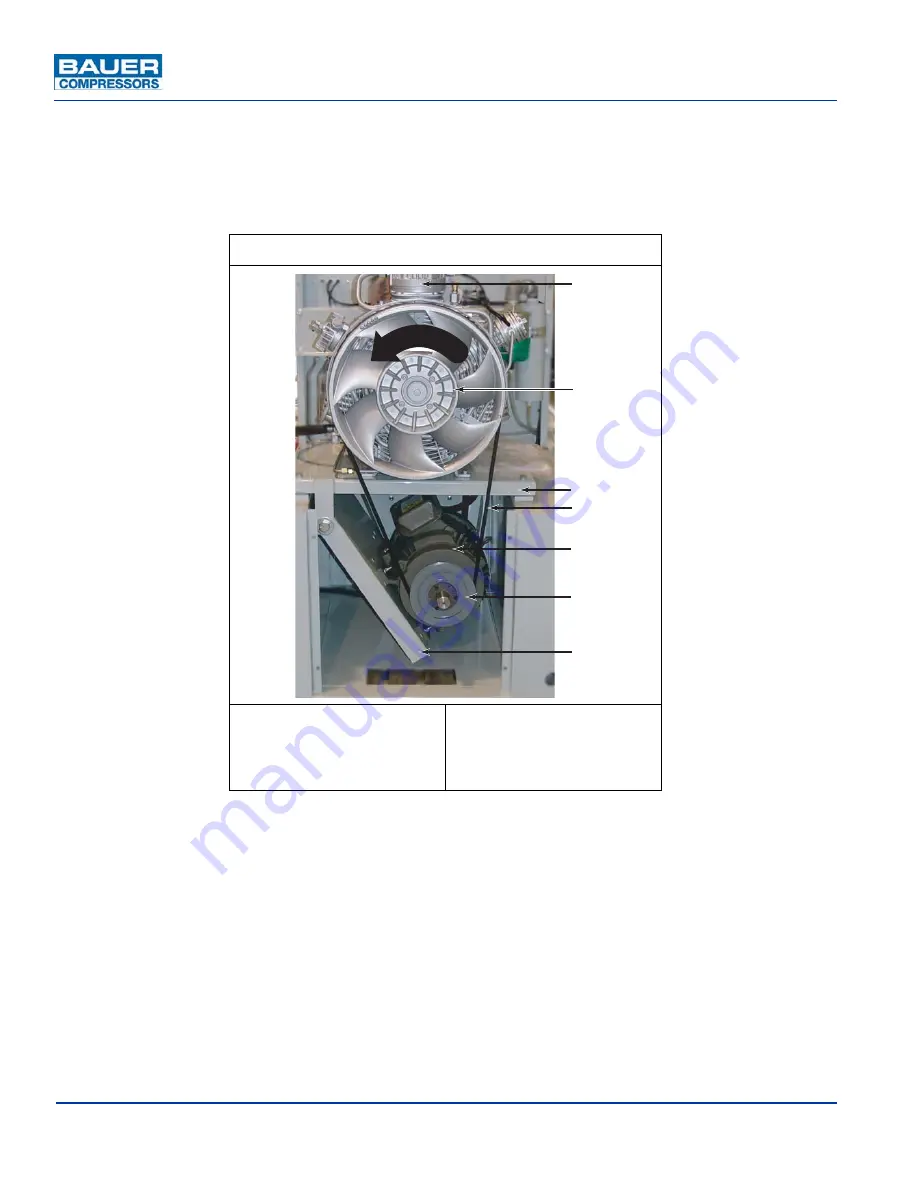
ImVT 120 II Mini Verticus
Page 70
1st Edition, Rev. 0 Chg. 10
CHAPTER 6:
COMPRESSOR UNIT DRIVE
6.1
Vertical Self Tensioning
The compressor is driven by the drive motor through a V-belt. The direction of rotation, as seen facing
the flywheel, is counterclockwise. Observe the arrow on the compressor block. Check the V-belt regu-
larly for damage and wear. See Paragraph 6.2.2. Replace if necessary.
6.2
Maintenance of the V-belt and Sheaves
6.2.1
Check the Flywheel and Sheave.
Before a new drive belt is installed, the condition of the flywheel and the sheave should be checked. A
dirty or rusty sheave impairs the drive’s efficiency and abrades the cover of the belt, which results in
premature failure. A worn sheave shorten belt life as much as 50%. If the groove is worn to the point
where the belt bottoms, slippage may result and the belts may burn. If the side walls are “dished out,”
the bottom shoulder ruins the belt prematurely by wearing off the bottom corners.
6.2.2
Check the V-belt
Check the V-belt regularly for damage and wear. Replace if necessary. V-belt tension is adjusted auto-
matically by the weight of the motor, which is mounted on a hinged motor plate.
Figure 6-1
Vertical Motor Mount (typical)
1. Compressor block
2. Compressor flywheel
3. Compressor mount
4. V-belt
5. V-belt sheave
6. Electric motor
7. Swinging motor mount
1
2
3
4
5
6
7
rotation

